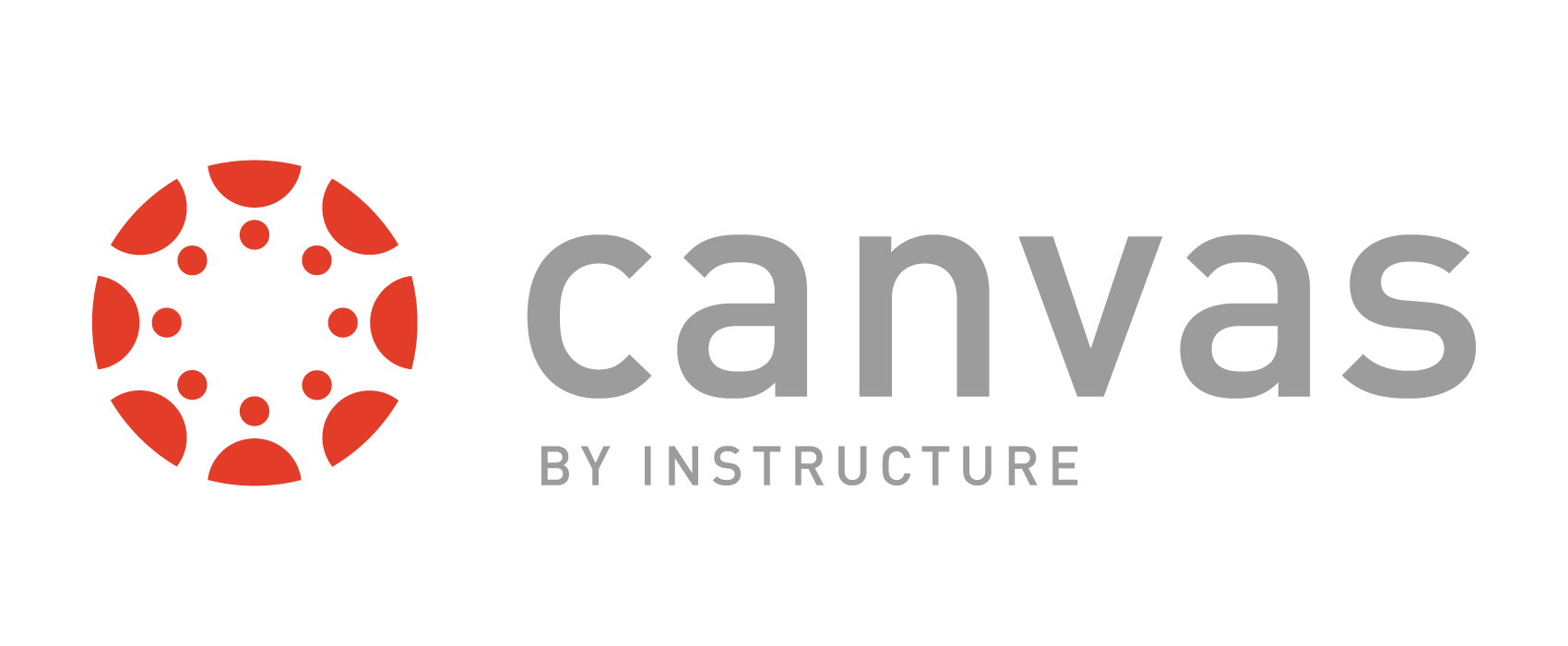Canvas accessibility resources for instructors

Canvas General Accessibility Design Guidelines
This page provides detailed guidance regarding:
- Layout and Design
- Headings
- Images
- Links
- Content formatting
- Tables
- Videos
- Content file formats
Basic tips
Following are some basic tips you may consider in order to make your course accessible to all students.
-
Use the built-in accessibility checker in Canvas to identify any issues that need to be fixed.
-
All videos in your online course should be captioned. Western provides an in-house service for captioning your videos.
-
Course files such as Word, PowerPoint and PDFs should be properly formatted for accessibility. WWU provides access to a free online conversion tool called SensusAccess to help with conversion.
-
Make sure that accommodations for extra time on Canvas quizzes has been properly set. For directions on giving extra time to individual students, visit the canvas community support website.
-
Make sure that any external class materials (such as publisher-supplied content) or plugins (LTIs) make their content accessible. Canvas Help can assist you. Please feel free to contact us.
Best practices for creating accessible content
-
Embed course content directly into Canvas pages whenever possible rather than uploading files in PDF, Word, PowerPoint, or other formats.
-
If you add files, be sure the content of those files is accessible. For additional information, please refer to Western's guide to creating accessible content.
-
When using the rich text editor within Canvas, be sure to:
-
Use headings at appropriate levels. By default, the title of the page in Canvas will be tagged as Heading 1. Therefore, the highest level of headings used within a page should be Heading 2. Deeper levels of sub-headings, if needed, should be Heading 3, Heading 4, etc. Heading levels should form an outline of the page content.
-
If you add images to a page, be sure to add a brief description of the image in the Alt Text field. The purpose of this is to provide equivalent access to the image content for people who are unable to see the image, e.g. students who are blind or using screen reader software. For more information regarding how to add alternative text to images in Canvas, please view this instructional video.
-
After creating any new content using the rich text editor, check it for accessibility using the Check Accessibility feature.
-
-
If you add videos, be sure to caption the videos. Captions are necessary for students who are deaf or hard of hearing, but also help ESL students and potentially allow the content of your videos to be searchable. Western provides an in-house service for captioning your videos.
-
If you add third-party plugins or applications to your course (or require students to access resources or applications that reside outside of Canvas), be sure to investigate whether those resources or applications are accessible. Failure to do so may result in barriers that prevent some students with disabilities from participating fully in your course.
-
If students require extra time on exams, e.g. a disability accommodation, please refer to this online guide.
-
If you decide to use color, utilize the WebAIM Color Contrast Checker to ensure adequate color contrast and accessibility-friendly colors.
Additional Resources
-
How do I use the Accessibility Checker in the Canvas Rich Content Editor?
-
Western Digital Accessibility
While not specific to Canvas, this site provides information and resources for Western’s digital accessibility efforts, and is geared towards anyone that creates or contributes to Western’s digital content. -
Western Accessibility Training
This training covers why accessibility is an important consideration for our university, and what accessibility features are needed in web, document, and media content creation. Anyone can enroll at any time by choosing the "Basic Training" enroll link.
Accessibility features within Canvas
This resource includes information related to:
- The Canvas Accessibility Statement
- Screen reader and browser support
- Course navigation information
- Accessibility components
- Keyboard shortcuts
- The Voluntary Product Accessibility Template (VPAT)
For more information
If you need immediate assistance with Canvas in addition to what you find here, please contact:
Canvas Help
CanvasHelp@wwu.edu
360-650-7900 (Voice)
For general assistance with accessibility, please contact:
Disability Access Center
drs@wwu.edu
360-650-3083 (Voice)
360-255-7175 (VP)